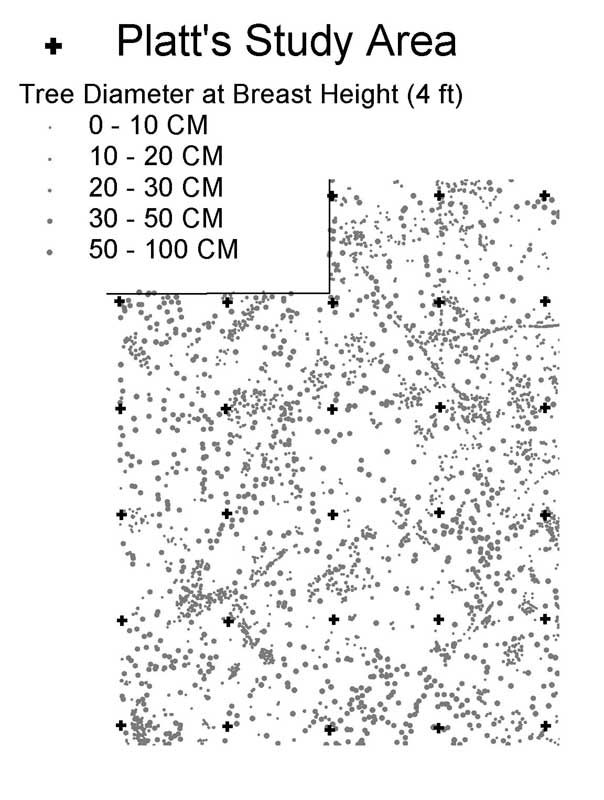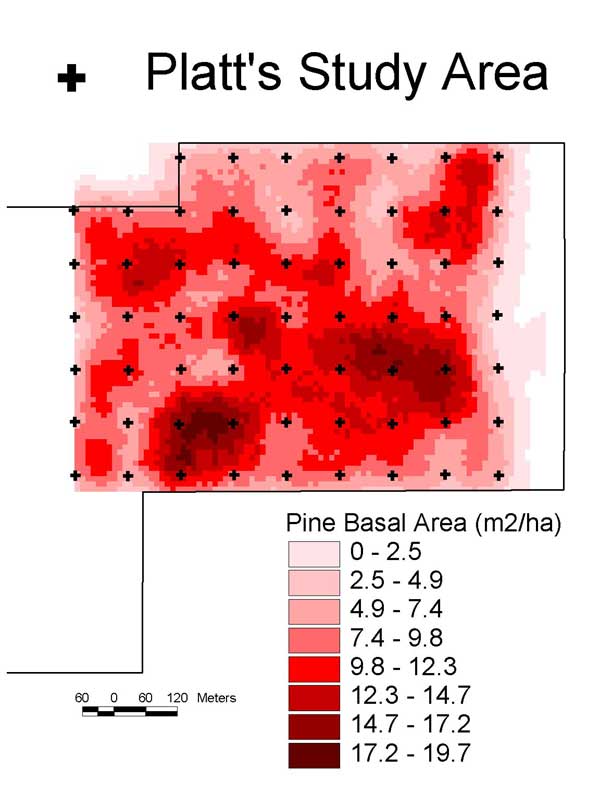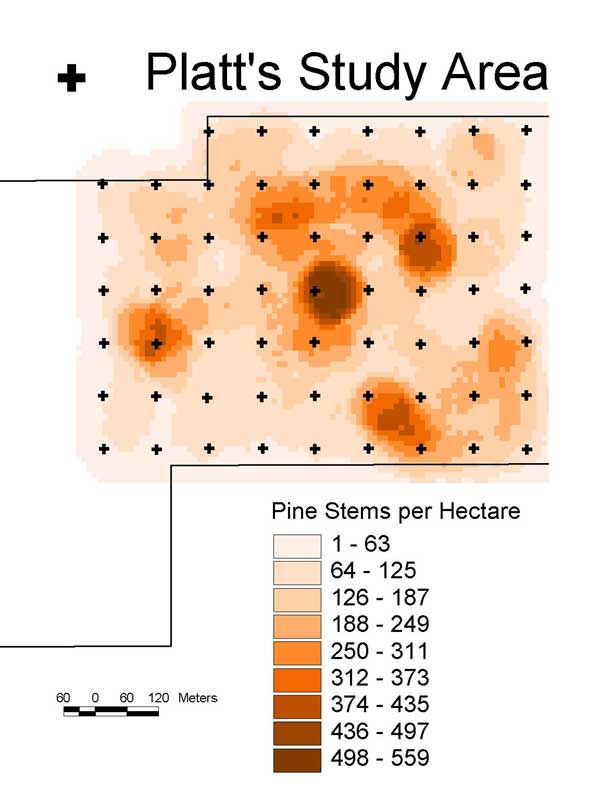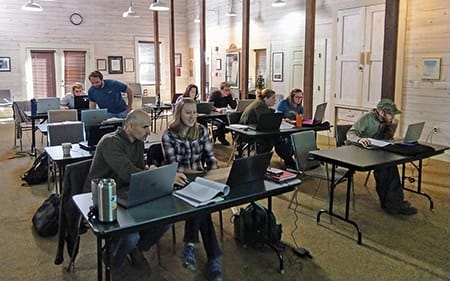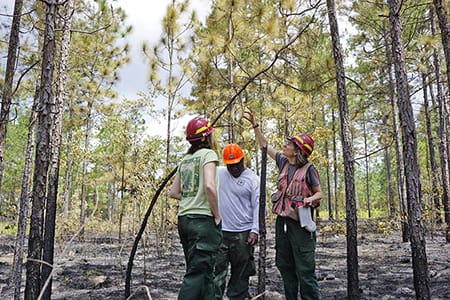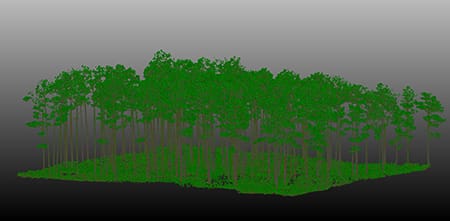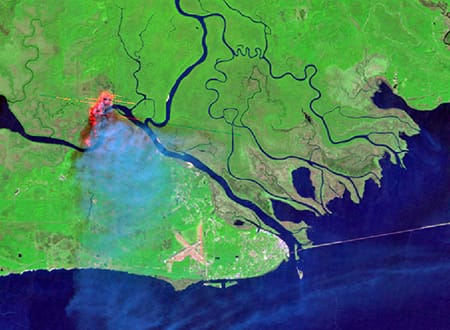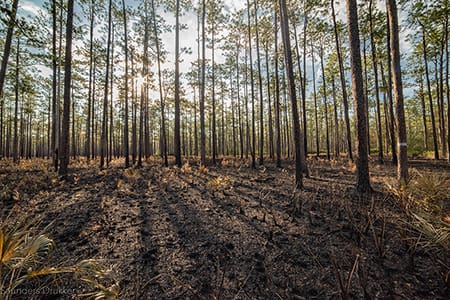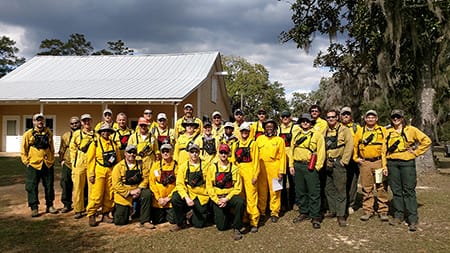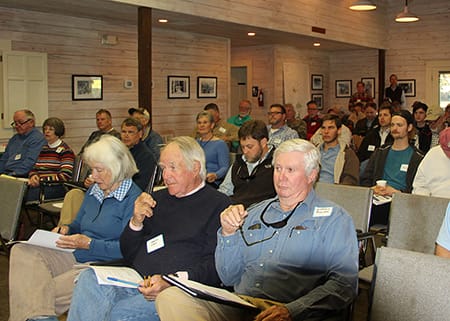Research
The Wade Tract Preserve Forest Dynamics
Old-growth characteristics of upland longleaf pine forests include: (1) an “all-age” class composition, (2) trees widely spaced providing an open canopy, (3) a species-rich ground cover dominated by grasses, (4) coarse woody debris in the form of large, persistent snags, downed logs, and tip-up mounds, (5) a canopy consisting of many large, old (200-500 years) trees, and (6) horizontal heterogeneity or patchiness. These features can be seen pictures offered in the photo gallery and the analyses presented below.
Prior to the easement, dead (often lightning-struck) trees were occasionally salvaged and some areas were harrowed for management of northern bobwhite. Many of the largest trees were “box-cut” in the late 19th or early 20th century to identify trees that could potentially be used for shingles or fence posts. The large scars created by these cuts may catch fire when burns are conducted. We, therefore, clear fuels surrounding the bases of these trees to help reduce mortality. Since establishing the easement in 1979, no timber of any kind has been removed and no harrowing has taken place.
In a research project initiated by Dr. William Platt (click here for study details), all trees (>10,000) over 1.5 in (2 cm) DBH have been tagged and mapped within a 100 x 100 m grid covering on approximately two-thirds of the preserve (Figure 1). All size classes are represented in an inverse J-shaped distribution (Figure 2). The largest individuals are >80 cm DBH. Many canopy trees are >200 years old and a few individuals range up to 500 years.
Areas with high basal area (Figure 3) are dominated by several large, old trees Areas with low basal area tend to have few trees or else clumps of young saplings
Forest characteristics on the Wade Tract have exhibited complex spatial variation that provides important insights into forest dynamic. Basal area, which is a measure of forest volume and biomass (definition) averages about 52 ft²/acre (12 m²/ha) across the Wade Tract but varies from <13 ft²/acre (3 m²/ha) to a high of >82 ft²/acre (19 m²/ha). Areas with high basal area (Figure 3) are dominated by several large, old trees, while areas with low basal area tend to have few trees or else clumps of young saplings (see below). It is this spatial variation in forest structure that enables a grassland species such as the Eastern Meadowlark to breed on the Wade Tract, often within a few score yards of old-growth obligates like the Red-cockaded Woodpecker.
A typical patch of forest regeneration.
The spatial variation also plays an important role in forest regeneration. Large, old trees die occasionally from lightning strikes, prescribed burns, and other sources of mortality. These gaps provide areas for young longleaf pines to take hold and begin their ascent. These patches of regeneration are typically <0.25 acres but have a tremendous number of young pine stems (a typical patch is shown in Figure 5). These saplings will be competing with one another for many years to come. The canopy gaps allow additional light to reach these saplings, but the gaps also may influence fire characteristics because long, resinous pine needles are one of the primary fuels carrying fires through this habitat. Very young pines that have just sprouted can be covered by pine needles and may be killed more frequently by prescribed burns.
